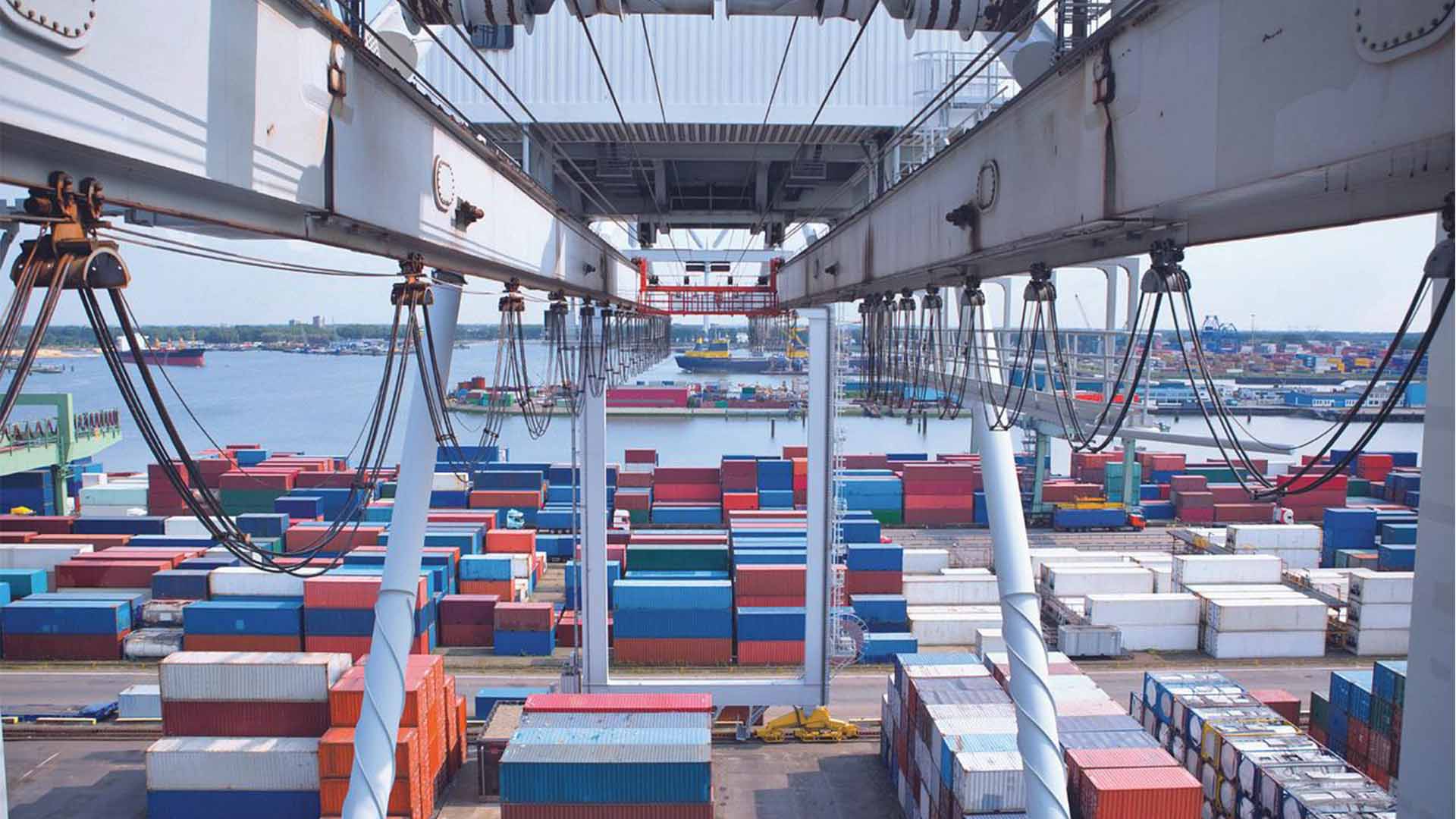17 February 2023 (Lloyd's List) - OCEANSIDE congestion at major US ports has fallen substantially since backlogs peaked last January on the west coast and during the summer at east and US Gulf coast ports.
The vessel logjam in San Pedro Bay peaked in January last year with 109 boxships waiting to unload and was officially declared over by November, with no backlogs reported since then. Meanwhile, Lloyd’s List Intelligence data shows about 15 boxships anchored outside the east and US Gulf coast ports of New York and New Jersey, Savannah, Houston, Virginia and Charleston, having hovered near 100 ships in September.
Last year began in much of the same way that 2021 did: major US ports were shattering monthly records and congestion piled up across supply chains. Nationwide imports began stabilising — albeit at record levels — throughout the summer and started declining at an accelerating rate from September. While this has helped alleviate bottlenecks on the water, inland congestion remains stubbornly persistent.
“As demand volumes come down and congestion at the ports fortunately ease, we are unfortunately seeing bottlenecks on the other end of the spectrum,” said Association for Supply Chain Management chief executive Abe Eshkenazi. “Without high demand from consumers driving up sales, inventories are left bloated, and warehouses stuffed,” he added.
In addition, workforce shortages — especially of truck drivers — are still creating major chokepoints along supply chains, he told Lloyd’s List. “Any delay in the journey of a product to the consumer is detrimental to the overall flow of supply chains. As labour shortages persists, organisations will explore new tools to create efficiency.” “Lastly, inflation and the cost of essential goods are top supply chain concerns as we continue to battle global crises like avian flu and the war in Ukraine,” he added.
The availability of ocean chassis equipment is also shaping up to be a major issue, according to Paul Brashier, vice-president of drayage and intermodal at third-party logistics provider ITS Logistics. “Largest concerns in our analysis are twofold. [First] is ocean chassis equipment availability at inland rail ramps as volumes increase and more freight continues to IPI (inter point intermodal) from the terminals to rail ramps,” he told Lloyd’s List. “Next to that are the amounts of loaded containers still sitting at [distribution centres] waiting to be unloaded and terminated at the port.
These will hamper operations throughout the first quarter of the year, and if left unresolved will affect operations as volumes start to pick up in late the second quarter.” To alleviate pressure on chassis pools, he said chassis providers, ocean carriers and rail ramps should reposition chassis from the seaports back to the ramps as container flows and volumes increasingly return pre-pandemic patterns.
US imports in January also resembled pre-pandemic levels, and they are expected to continue softening in the first half of the year, which should offer supply chains some reprieve.
To prepare for the rebound projected in the second half of 2023 and avoid excess inventories, Mr Eshkenazi said that businesses should consider a modified version of the “just-in-time” model where they only stockpile certain items. This could help them prevent the fallout from major disruptions without ending up with too many goods when demand is lower. Although demand appears to be lower, supply chains continue to be “out of balance”, Mr Eshkenazi said.
“While seemingly counterintuitive, it proves that the effects of the pandemic are still present as manufacturing and inventory levels remain off-kilter.” “However, as physical retail makes a strong comeback, there’s been an uptick in omni-channel distribution strategies which will help increase visibility in supply chains.”
“Businesses should continue looking for ways to optimise their inventories and create more seamless options for customers, from switching to micro-warehousing and Uber-ising product deliveries to considering last-mile delivery alternatives.”






